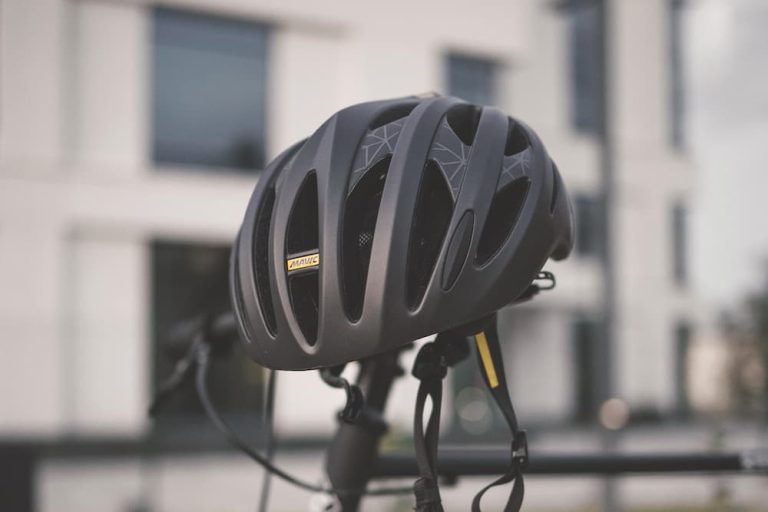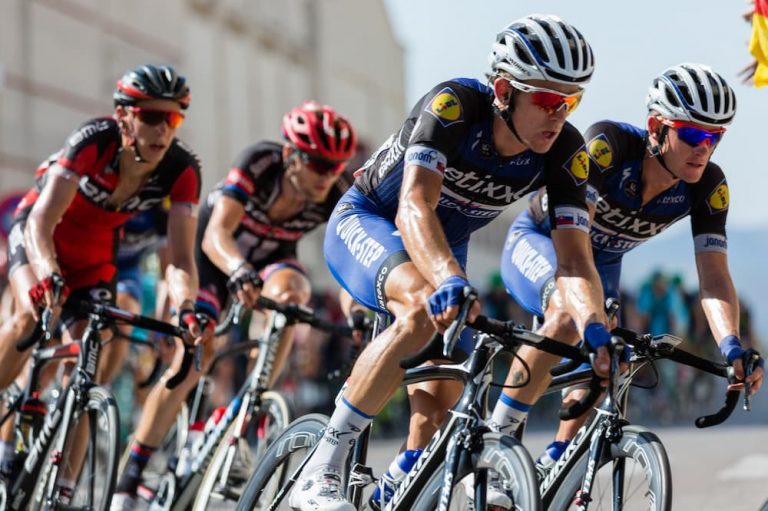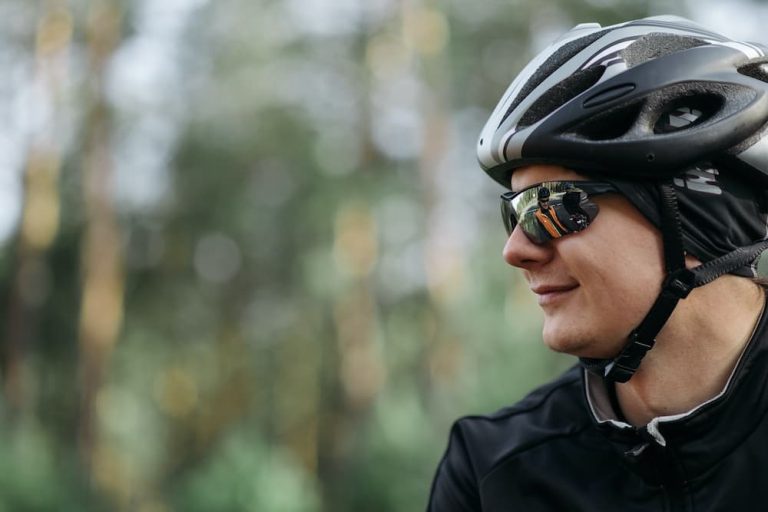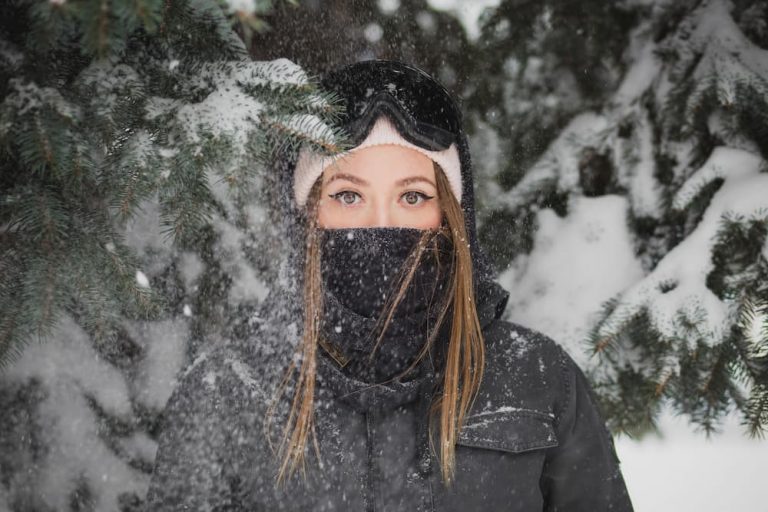How To Keep Your Face Warm When Cycling In Cold Weather
As winter unfurls its icy grip, cyclists face a familiar challenge: keeping their face warm during brisk, frosty rides. The biting cold can turn what should be an exhilarating experience into a daunting ordeal, with every gust of wind feeling like a thousand tiny needles against your skin. It does not just cause a minor discomfort. Exposure to severe cold can lead to serious skin problems and dampen your enthusiasm for cycling in winter.
I’ve grappled with this very issue, cycling through snowflakes and icy drafts, searching for ways to protect my face without sacrificing comfort or visibility. The stinging cold, foggy glasses and the struggle to find a balance between warmth and breathability – I’ve faced it all. This constant battle against the cold often leaves cyclists wondering if there’s a way to enjoy winter rides without enduring the harsh elements.
In this article, I share the culmination of my experiences and research: practical and effective solutions for keeping your face warm during winter bike rides. From tried-and-tested gear to innovative techniques, I’ll guide you through a range of options to help you find your perfect defense against the winter chill. Join me as we explore how to transform your winter rides from a frosty challenge to a comfortable, enjoyable experience.
Contents
Challenges of Cycling In Winter
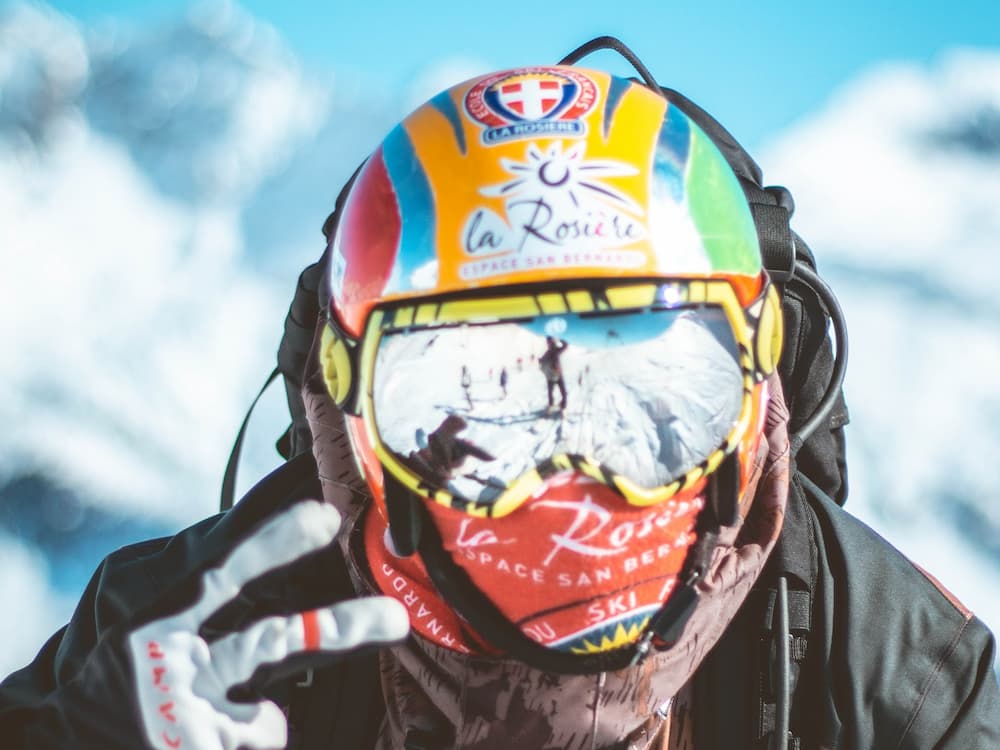
Winter, the most favorite time of the year for a cyclist if you live in the southern states! The thrill of cycling is somehow intensified when the weather is cooler. It’s simply a nice time to be outside. Shrouded in mist and fog, the morning beckons the early birds who would love nothing more than to take their bicycle out for a joyride.
The otherwise scorching sun is gentle against the skin, bestowing a subtle glow with a comfortable warmth. While most people would love to be tucked inside their comforters, a cyclist would know better. This is the perfect time to ride their bicycle through tracks.
Unfortunately, this scenario is short-lived, as the cold won’t be your best friend if you live farther north. It starts creeping in, causing discomfort in nooks and crannies you didn’t even know existed. You may think that you’re “strong” enough to resist the strong, chilly air constantly hit your face for an extended period, but you won’t even know when it hits too deep. Hypothermia and frostbite are two common issues with extreme cold; both a threat during cycling in the winter.
A cyclist must keep themselves warm when cycling in the winter. That’s a given. But there’s an issue many cyclists seem to report. No matter how much they try to cover up, the face still ends up cold. The primary reason behind this is that they are failing to provide warmth to key areas of the face, such as the ears and nose. Let’s explore how to keep your face warm in winter while cycling to save you from a world of pain.
Clothing Items That Keep Your Face Warm
If you’re a cyclist who enjoys winter (who wouldn’t?), chances are, your wardrobe is already filled with the necessary warm clothing. Winter hats, scarves of wool or fleece, balaclavas, snoods, and infinity scarves – there is no such thing as too many.
Related Reading – How To Keep Ears Warm When Cycling In The Cold Season
Scarves
Scarves appear in many forms. The traditional wool scarf comes from the thick coat of a sheep that acts as a natural insulation. Fleece is another good insulating material that can be natural or synthetic.
The best part of scarves is that they can be styled in a variety of ways. Just because you are letting the road take you wherever doesn’t mean you can’t be stylish in it.
Since they are loose-ended, you can tie them across the regions that need more protection, like your mouth, nose, or neck. We would suggest you get a few in different colors so you can alternate between them. There is no harm in looking up various patterns and styles, too.
Balaclava
A skilled cyclist possesses the skills, speed, and accuracy of an ancient warrior. Consider dressing the part and beating the cold air at the same time! A balaclava might make you seem like an angry ninja or someone who is about to rob a bank, but they are extremely effective in keeping the cold out. They’re perfect for winter morning rides since they keep every part of your face well covered.
A balaclava is essentially a cover for the head that fits snugly over the neck and features a cutout for the face. Since you will be getting one for cycling, it’s best to find something long enough to overlap with your base layers (turtlenecks and so on) so you achieve a reinforced seal against the gaps.
Material-wise, anything that wicks moisture from the skin while keeping it warm and dry is suitable. Good choices include Thermax, polypropylene, or other synthetics. Personally, a soft fleece balaclava seems to be another decent option.
Make sure the fabric isn’t too thick because otherwise, it will cause an issue with the fit of the helmet. You don’t want to remove the pads or change the side for the helmet to fit. In fact, thicker balaclavas may cause overheating. It’s equally important to radiate excessive heat as it is important to hold the necessary warmth.
Raise your balaclava up if your face is cold just so it rests below the lower lip, still covering the chin. Alternatively, pull it up and cover the mouth, or even the cheeks and nose. Only your eyes, which will be protected with goggles, will be uncovered.
Related Reading – Best Cycling Balaclava Reviews & Buying Guide
Snood
Hats and snoods are a match made in heaven. However, ensure the length of the snood is enough to raise over your face. You can find some for only the neck, but don’t get those for cycling purposes.
Trapper Hat
Featuring a detachable face mask, trapper hats are the answer to how to keep face warm in winter while cycling. They’re the ultimate face insulators. Normally, you can buy them in fleece or fur-lined designs.
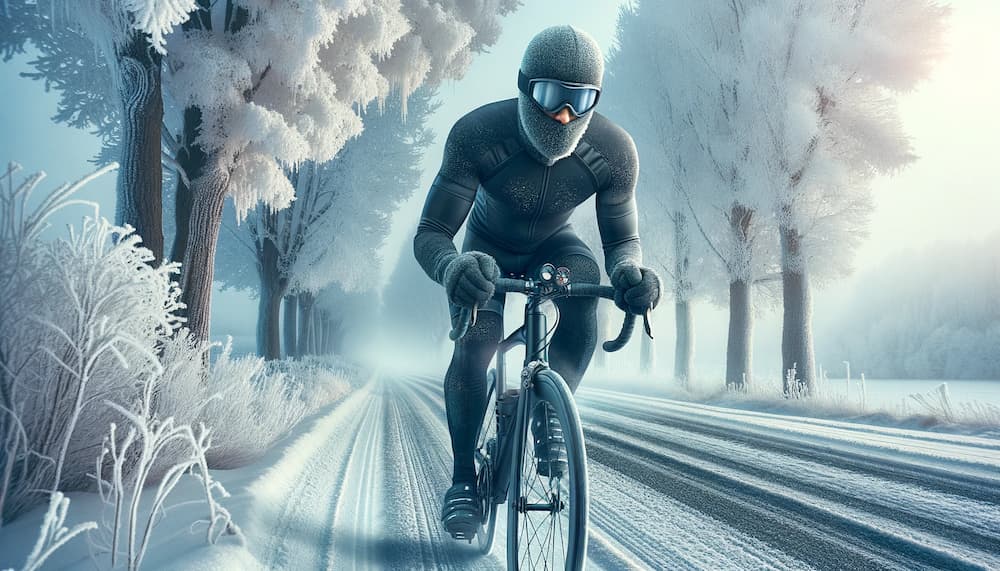
Bikers or Ski Mask
A biker’s or ski mask is another great option to keep you cozy during the winter bike ride. They’re super lightweight and designed to be worn underneath a helmet.
On normal temperatures (average cold), these alone would provide adequate protection against the cold. When the weather is a bit harsher and you want an extra layer of warmth to keep the jitters away, pair it with the trusty balaclava. Wear it under a balaclava. If you find the fur lining to cause irritation to the skin, wear it under a trapper hat.
Ski Goggles
Goggles are a must-have for any winter sports activity if speed is involved. Not only do they keep the spine chilling out, but they also protect your eyes from sharp bits of ice or snow. And then there’s the obvious protection from the wind.
If you’re wearing a balaclava, it’s crucial to pick out a pair of good goggles.
Neck Gaiters and Warmers
Compared to a balaclava, neck warmers, and neck gaiters are typically heavier and bulkier. But, they do allow you to switch between covering only the neck to the whole lower region of the face.
A neck gaiter is wrapped over the face before attaching it at the back of the head with Velcro. Check to see if the neck gaiter reaches up to the ears because these offer all-over comfort. If your choice of warm clothing for the face is a neck fleece, a balaclava won’t be necessary. To ensure maximum warmth, combine that with a hat (in case you’re ditching a helmet) or a helmet liner, or an insulated helmet.
Related Reading – Best Cycling Neck Gaiter Review & Buying Guide
Helmet Liner or Skull Cap
In the shape of a small beanie, skull caps or helmet liners keep the face warm while wicking away excess moisture. Thanks to their convenient design, they sit snugly under a helmet.
This is what a swimming cap would look like had it been made for cyclists. Sometimes, the solution to keeping your face warm in winter while cycling is the entire package. By using one of these, you are providing cold protection to the whole head.
What is a skull cap, you may ask. It’s a thin elastic cap made to cover the entire head, run down to the ear, and offer comfort and warmth for the top of your head. Similar to headbands, skull caps prevent the brow sweat from trickling down your face. As a bonus, they hold the hair down under the helmet, making sure sweat or air doesn’t mess it up.
Refrain from trying a fit or hat or beanie under the helmet. Let it shift around. Modern-day ski helmets don’t require additional coverage from a thick hat, and it will remove the protective effect of wearing it in the first place.
Related Reading – Best Winter Bike Helmet Reviews & Guide
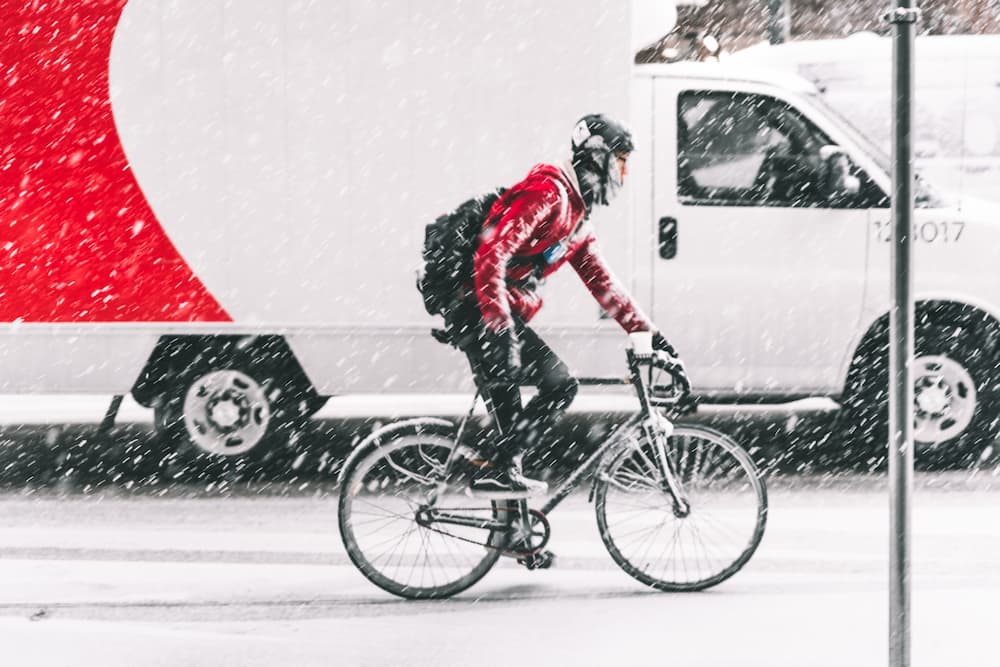
Frequently Asked Questions
What are the signs that I need better face protection during winter rides?
If you notice your skin feeling numb, excessively dry, or you’re experiencing difficulty breathing due to the cold, it’s a sign you need better face protection. Persistent discomfort or redness after a ride are indicators that your current methods aren’t sufficient.
How do I prevent my glasses from fogging up while wearing a face mask or balaclava?
Opt for a mask or balaclava with a nose bridge wire or adjustable fit to reduce the warm air reaching your glasses. Anti-fog sprays on your glasses can also help. Ensuring a snug fit between the top of the mask and the bottom of your glasses is key. As an easy DIY solution, use a little washing-up liquid and rub your goggles or glasses before heading out. Polish it off using a soft cloth after rubbing it on.
Can I use regular skincare products to protect my face from the cold while cycling?
Regular skincare products might not offer enough protection against harsh winter winds. Look for wind-resistant, hydrating moisturizers specifically designed for outdoor sports. These products create a protective barrier against the cold and prevent skin damage.
Related Reading – Cycling In Cold Weather – Tips On Keeping Warm In Freezing Cold
Wrapping Up
As my journey through the chill of winter cycling comes to a close, I reflect on the layers of wisdom I’ve shared about keeping your face warm. My experiences have taught me that braving the cold on a bike isn’t just about enduring it, but about smart preparation and choosing the right gear. From thermal balaclavas to innovative face creams, each strategy plays a vital role in transforming a potentially frosty ride into a comfortable adventure.
- Layering is key: Start with a moisture-wicking base layer to keep sweat at bay, followed by an insulating layer, and finish with a windproof outer layer. This combination ensures warmth and comfort.
- Choose adjustable gear: Opt for a face mask or balaclava with adjustable openings. This allows you to regulate ventilation, preventing glasses from fogging and maintaining optimal breathing.
- Don’t forget hydration: Cold air can be dry, which affects your skin. Apply a good quality, wind-resistant moisturizer to protect exposed skin, and stay hydrated to help your body regulate temperature better.
I’ve found that the key lies not just in the gear, but in understanding your own body’s response to the cold. Adapting your approach based on weather conditions and personal comfort can make all the difference. For me, trial and error led to discovering the perfect combination of warmth and breathability. I encourage every cyclist to embark on this journey of discovery; it’s the surest path to enjoyable winter rides.
Let’s not forget that keeping your face warm during winter bike rides is an essential part of enjoying cycling year-round. It’s about embracing the season’s challenges and turning them into opportunities for memorable rides. As you gear up for your next winter journey, remember these insights and find your unique formula for warmth and comfort. The frosty roads await, and now, you’re better prepared to meet them head-on.
Related Articles


